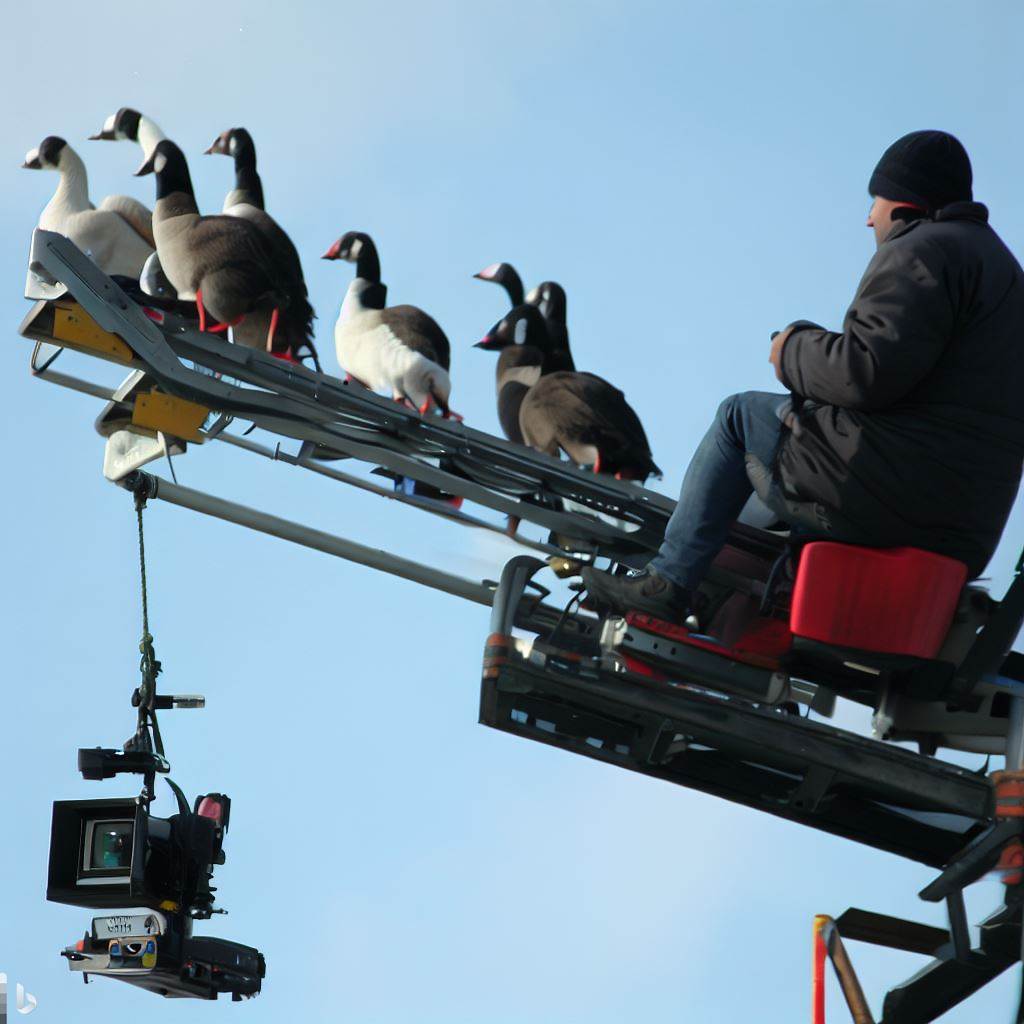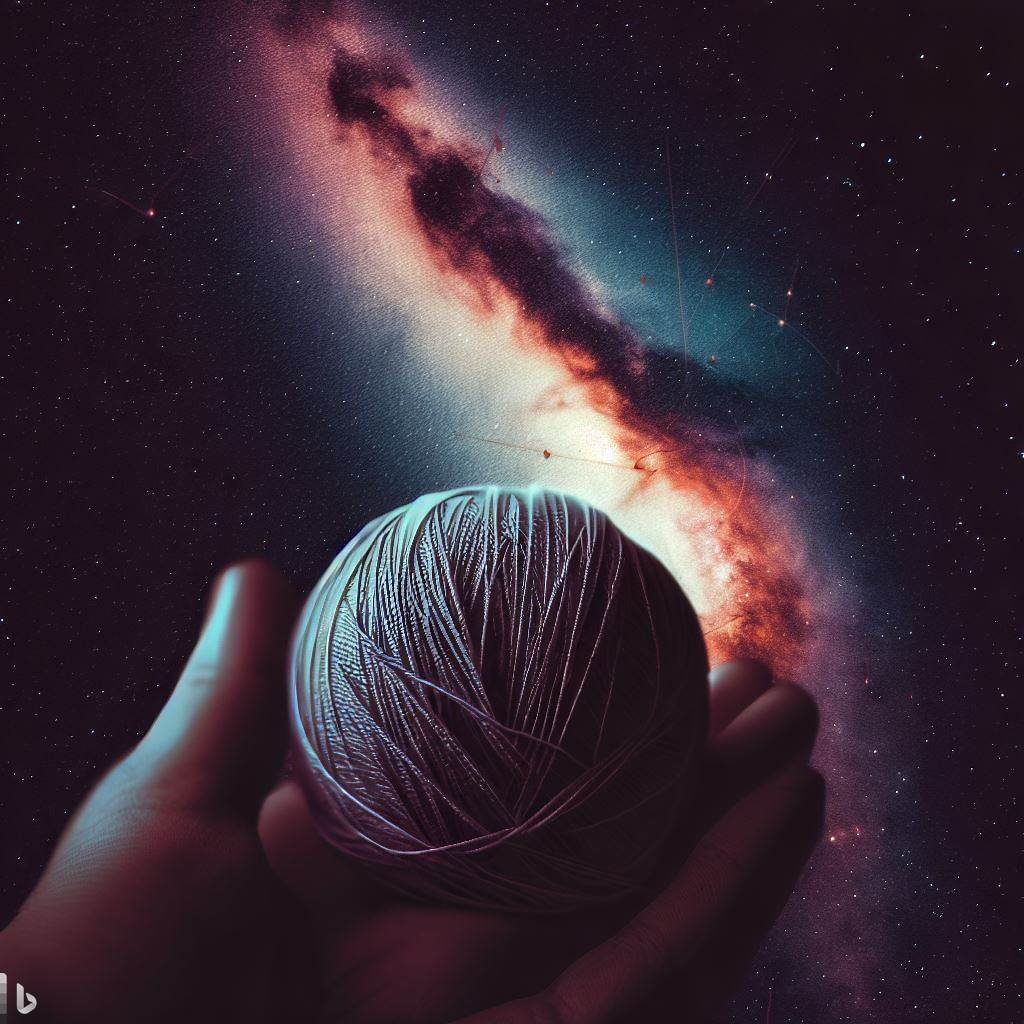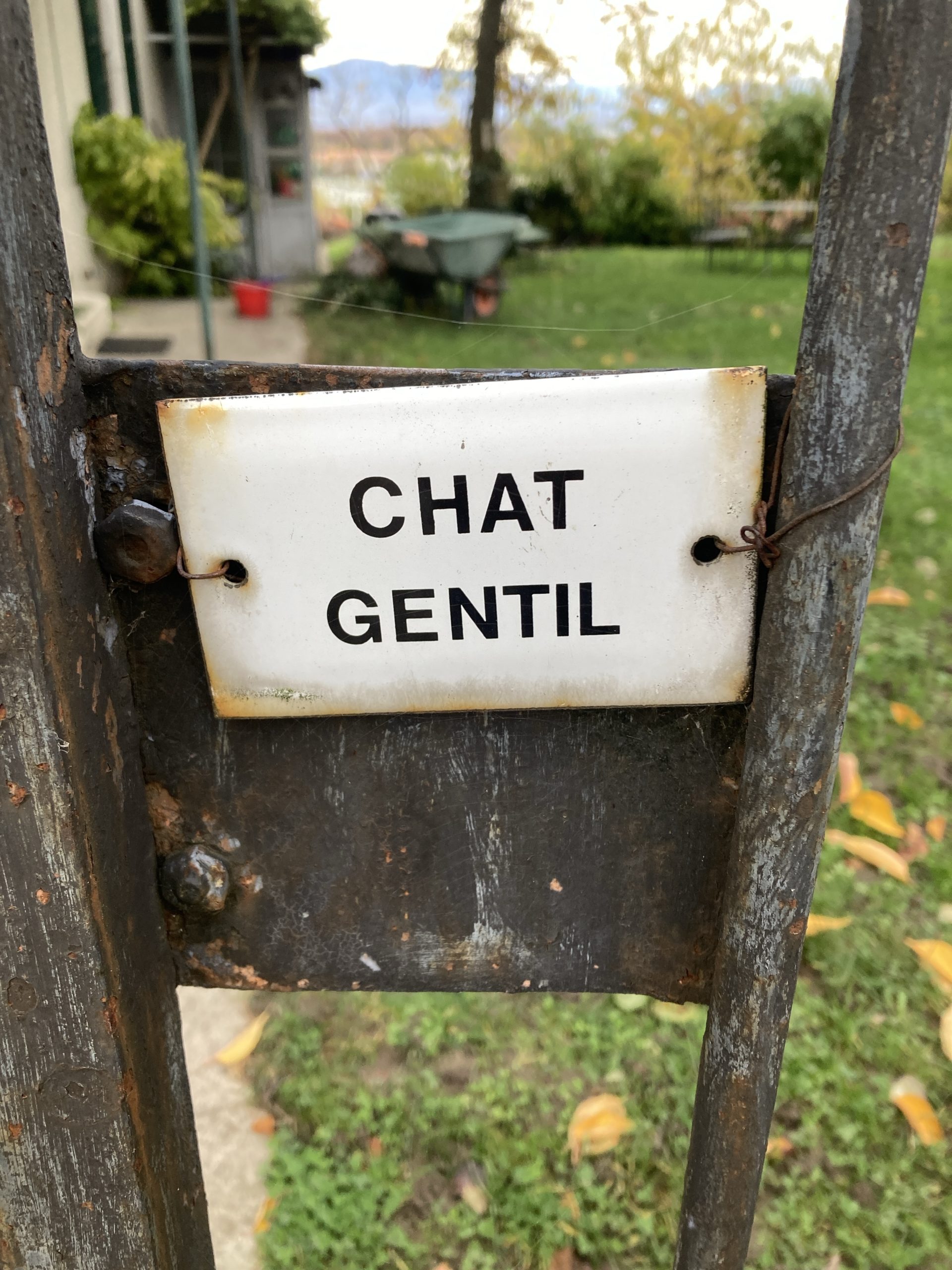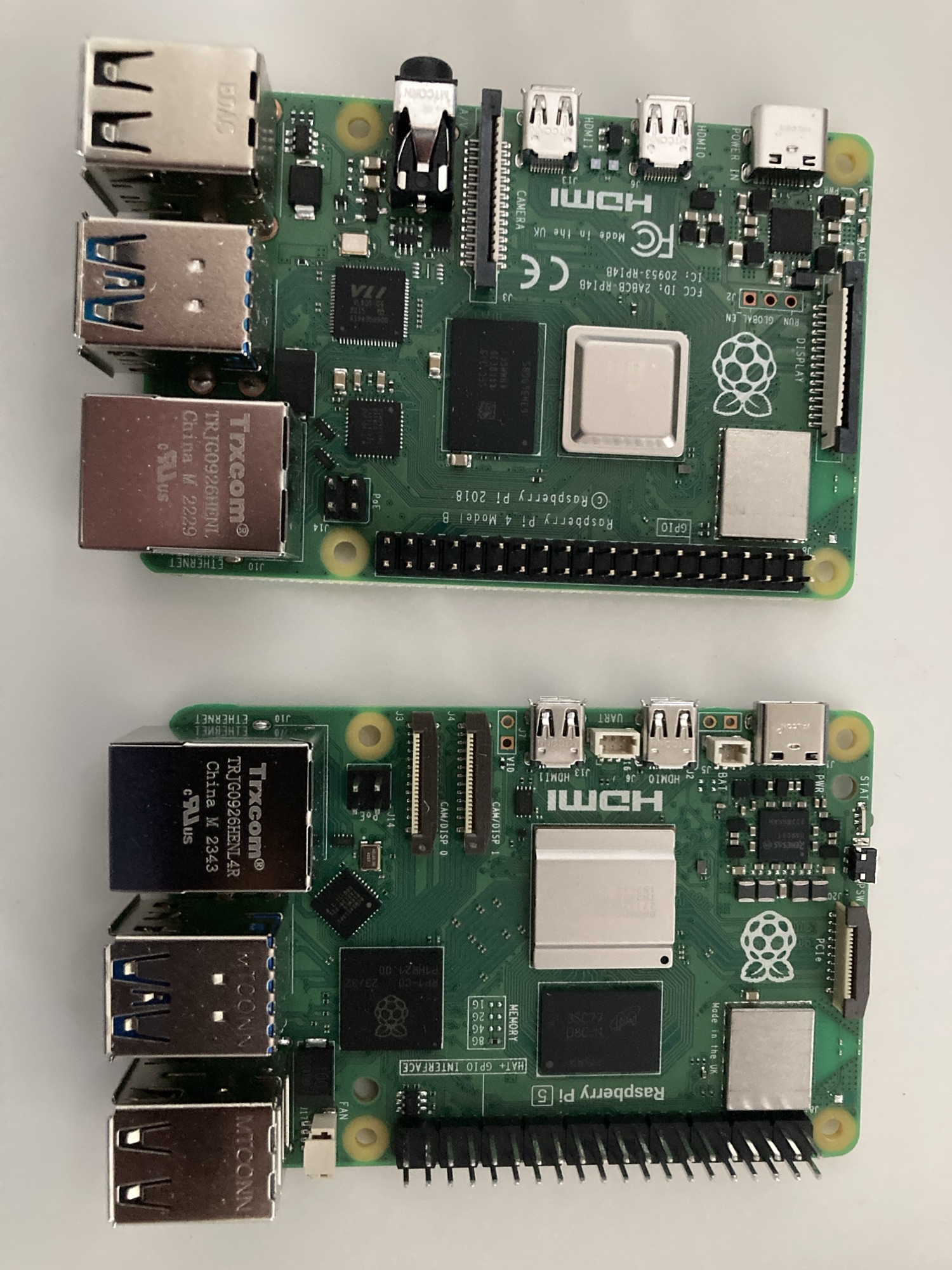Tag: youtube
-

YouTube and AI
Reading Time: 3 minutes According to a recent article YouTube will use AI to direct the content that people make, how it looks how it sounds and more. In so doing YouTube will be even less interesting. AI tools will also begin informing what kind of content creators make. A new AI feature in YouTube…
-

Hiking With Cats
Reading Time: 2 minutes Usually when we hear of people hiking with cats we think of them walking with the cat, or cats, on a leash. In a Pass Moi Les Jumelles (PAJU for short), we follow two guys who go for a walk with four cats. The report is funny because the cats, or…






